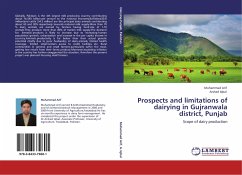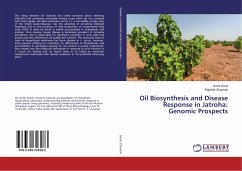Globally, Pakistan is the 4th largest milk producing country contributing about Rs.540 billion per annum to the national economy.Buffaloes(30.8 million)and cattle (34.3 million) are the principal dairy animals contributing about 65 and 30% respectively towards national milk supply.More than 70 % dairy animals are owned by farmers having herd size of 1-10 animals.They produce more than 80% of market milk supply.The demand for livestock products is likely to increase due to increasing human population growth, urbanization and increase in the per capita income in country.Animals productivity is far below than their actual genetic potential chiefly due to poor husbandry of dairy animals, limited health coverage, limited small farmers access to credit facilities etc. Rural communities in general and small farmers particularly suffer the most, getting low return from their farms produce.Moreover,escalating inflation in the country has further exaggerated the situation, therefore the present project was planned focusing small farmers.
Bitte wählen Sie Ihr Anliegen aus.
Rechnungen
Retourenschein anfordern
Bestellstatus
Storno








